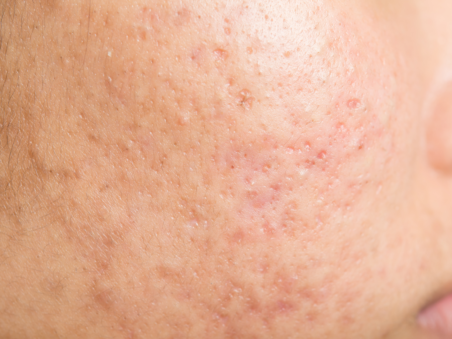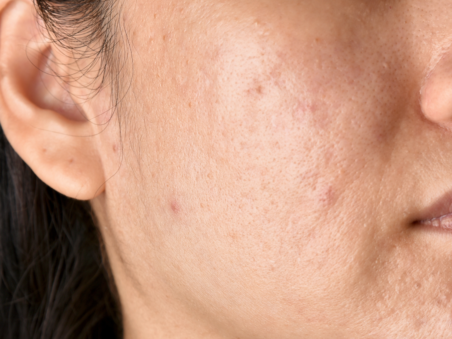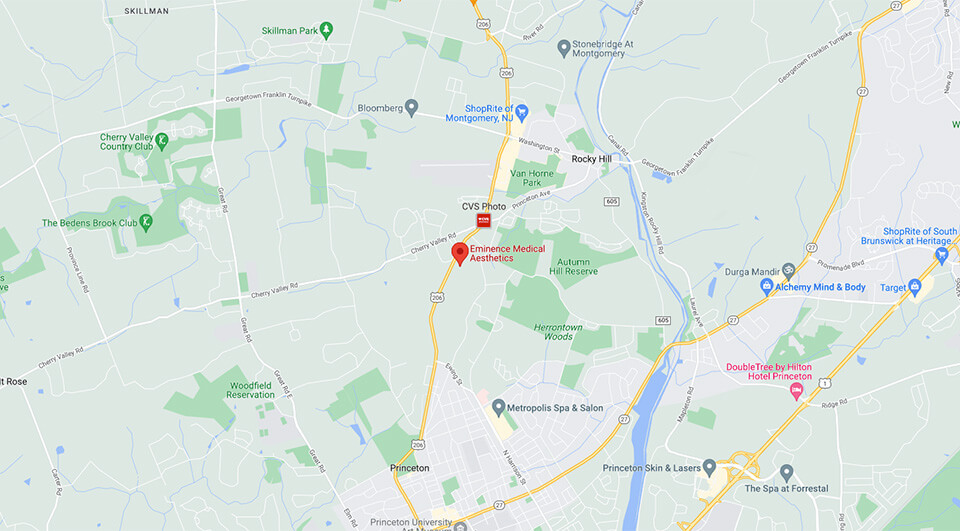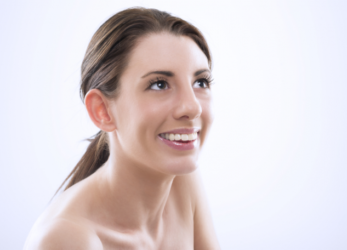

Microneedling
Recovery Time
2-4 days
Avg Session Time
45 minutes
Rounds of Treatment
3-9
Results Seen
4 weeks +
# 1 for Acne Scars and other Skin Texture concerns
Eminence Medical Aesthetics offers Microneedling in Princeton, NJ. Microneedling is an effective collagen induction therapy that involves the controlled insertion of very fine, short, disposable needles (using a medical device like Rejuvapen) into the skin followed by application of a growth serum to help induce and speed up new collagen production, plump the skin and even out tone and texture. Microneedling is most effective for treatment of acne scars, keloid scars, fine lines/wrinkles, large pores, stretch marks and even hair loss. Clients love that Microneedling is affordable, effective and has little downtime or risk. A series of sessions is generally recommended every 4 to 6 weeks to reach optimal results.
Contact Eminence Medical Aesthetics to learn if Microneedling is right for you.
*Disclaimer: Individual results may vary.
Frequently Asked Questions
What is Microneedling?
Microneedling is a natural process that involves tiny needles gently creating micro-punctures on the surface of skin. This, in effect, jump-starts your body’s natural healing process. Microneedling in New Jersey makes use of a specialized medical device that breaks down old scar tissue and stimulates cells for rejuvenated growth. New tissues of collagen fibers and elastin are created because of proliferation. This also improves the blood supply to the area.
How does it work?
Microneedling in New Jersey involves a device that gently glides along the skin to create numerous tiny needle wounds. New collagen and elastin fibers are encouraged to form as the body’s natural response to this therapy. The skin thickens and plumps to hide the appearance of scars, wrinkles and fine lines. It also increases the blood supply in the affected area.
What can Microneedling be used for?
There are several problems that can be treated efficiently by microneedling in New Jersey. Scars resulting from acne and surgeries have been known to be visibly reduced through this treatment. Microneedling can also be used to reduce the appearance of wrinkles, fine lines, stretch marks, and keloid scarring. Microneedling in New Jersey can also decrease pore size while improving skin texture.
What to expect from Microneedling?
A small handheld pen with sterile and disposable needles is used to prick your skin multiple times. There are tiny needles working together that ensure a large area can be covered in a short time. The affected area is cleaned, and numbing gel is applied to prevent any discomfort.
How many Microneedling treatments are required?
It is safe to repeat the Microneedling procedure every 4 to 6 weeks until the desired results are achieved. Scar reduction may require 3 to 9 treatments, while collagen induction might only need 3.


Before & After Gallery
Browse Gallery
Office Information
Mon 10am - 7pm
Tue 10am - 7pm
Wed 10am - 7pm
Thur 10am - 7pm
Fri 10am - 7pm
Sat 10am - 4pm
Sun Closed




